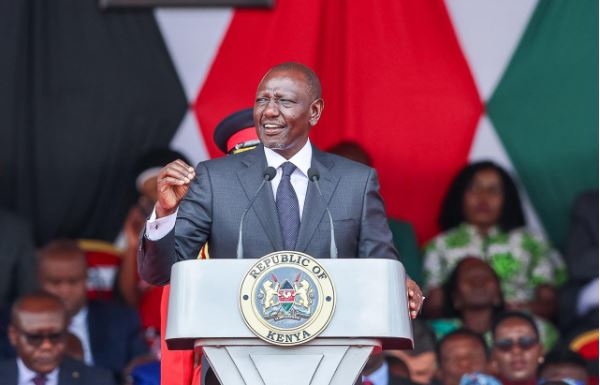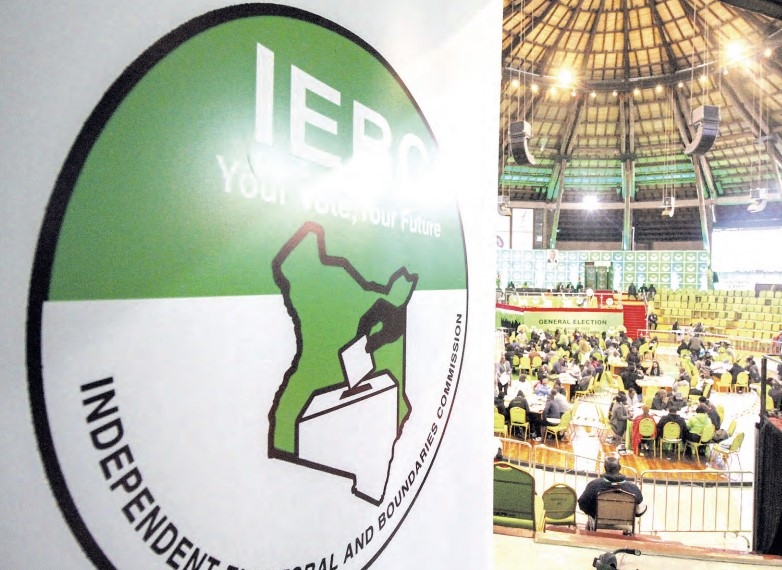Kenya’s tough economic situation needs significant creative thinking to take the country back towards prosperity.
The existing public finance management (PFM) system simply dwells on revenue cycle in a somewhat traditional way.
With constant reports of new revenue collection measures such as revised corporate taxes; reintroduced minimum taxes; reviews of value added tax (VAT); refocusing on education, insurance, petroleum, tobacco, alcohol; and introduction of vehicle plus carbon taxes, is it possible to think differently about how tax collection in public finance can be structured towards uplifting marginalised areas?
For instance, it is assumed that a high population should guarantee existence of more revenue potential hence the need for increased numbers of paramilitary agents to help in tax collection efforts.
In thinking about pathways for prosperity, the country’s PFM allocation priorities are geared towards the enhancement of service delivery and promotion of balanced development.
However, is there any possibility of including the promotion of local opportunities within this matrix?
Following taxation, revenue allocation in counties identify health services, agricultural features, population dynamics, urban amenities, basic portion, land area, rural access through roads, poverty levels as indexes of spending needs.
Yet, current circumstances demand additional thinking on how to spur enterprises, particularly in marginalised or peripheral areas.
This, as a key aspect of Kenyan policy imagination to encourage productivity that will uplift communities across the country.
This may require changes or improvements in language and definitions.
Marginalised areas should not only be understood in terms of geographical scarcity for reclamation, but also as spaces of prospected growth.
Public finances can then be structured to propel structural economic advancement for the benefit of all by encouraging investment in distressed localities as means of dealing with questions concerning prevailing inequalities.
Above and beyond equitable contributions, marginalised areas can also be designated as 'County Opportunity Zones (COZ)' that serves as spaces through which investments are channeled to ensure employment creation is targeted towards low-income communities.
How different or unique would a COZ be different from other Special Economic Zones (SEZs) such as Free-trade zones (FTZ), Export Processing Zones (EPZ), Free Economic Zones (FZ/FEZ), Industrial Parks/Estates (IE), Free ports, Bonded logistics parks (BLP), Urban Enterprise Zones?
First, the objective would be to spur Micro, Small, and Medium Enterprises (MSMEs) in peripheral areas of the country.
This will plant the seed for intensification of commercial activities in regions that have been historically marginalised to uplift through trade.
Secondly, the target business entities will primarily be local, that is, county specific to serve as entrepreneurial affirmative action to geographically incentivize activities that will alleviate inequality concerns by infusing or tapping into the potential productivity quotient within devolved units.
Lastly, rather than focusing on tax waivers as a key instrument in establishing COZs, emphasis should domestically boost ease in doing business through reduced administration and licensing fees for MSME enterprises to encourage localisation in traditionally underdeveloped areas.
Now as emotionally appealing as this idea may be, all considerations in the formation of 'opportunity zones' should be guided by data.
This is because inequality can be a natural occurring phenomenon just as it can be structural, for example in the event of geographical terrain or distance.
Using enterprise in marginalised areas would therefore be a better way of incentivizing revenue collection or its associated fiscal prudence by focusing on encouraging the productivity quotient as opposed to relying on the potential tax base as determined by demographic dynamics.
That would then require that local expenditure needs can also be determined based on cost benefit analyses understanding the availability of inputs required such as labor, raw materials, capital among other factors to drive output that is important in providing livelihoods that will uplift communities.
The author is Regional Coordinator of the East African Tax and Governance Network (EATGN).












